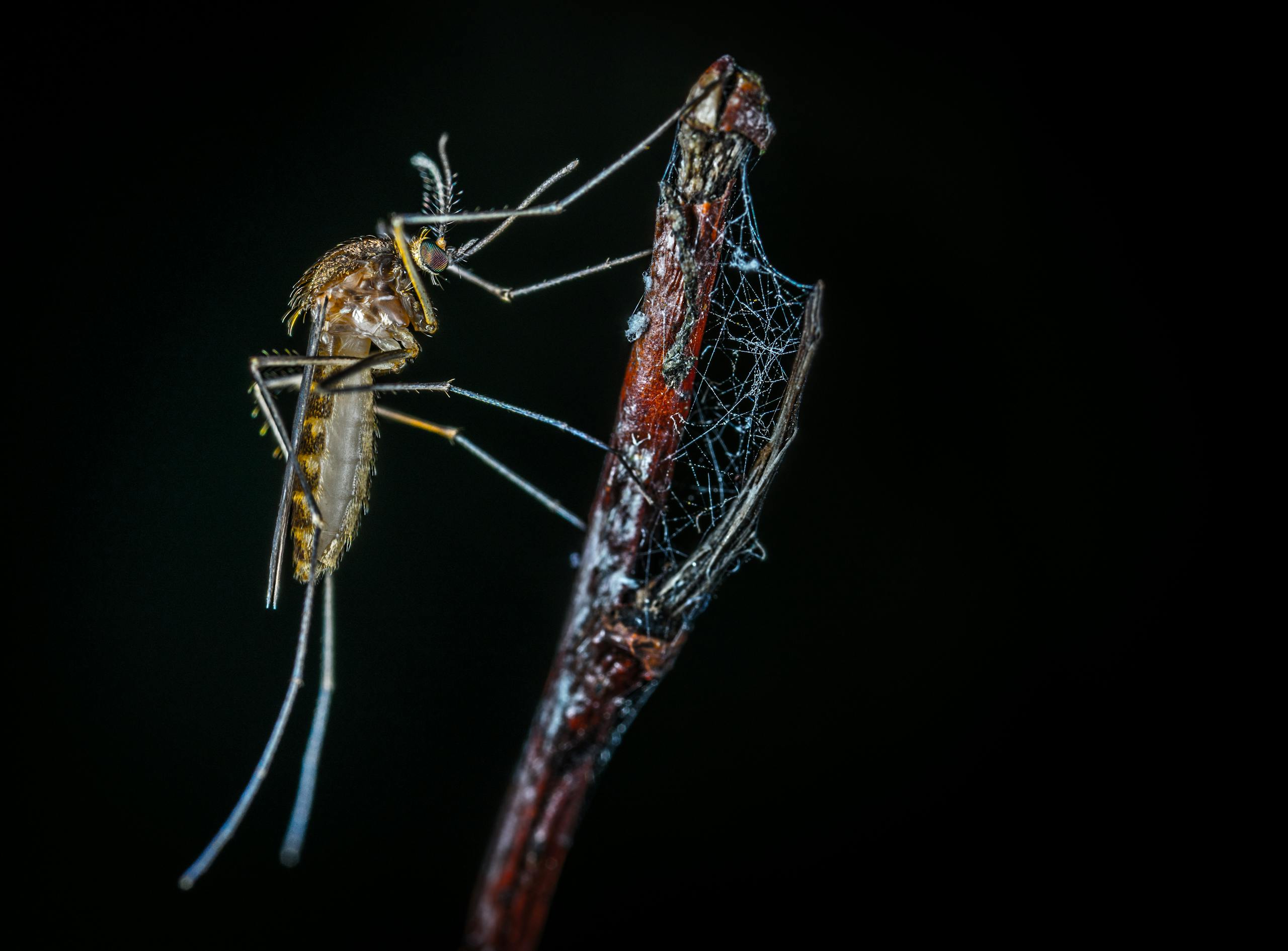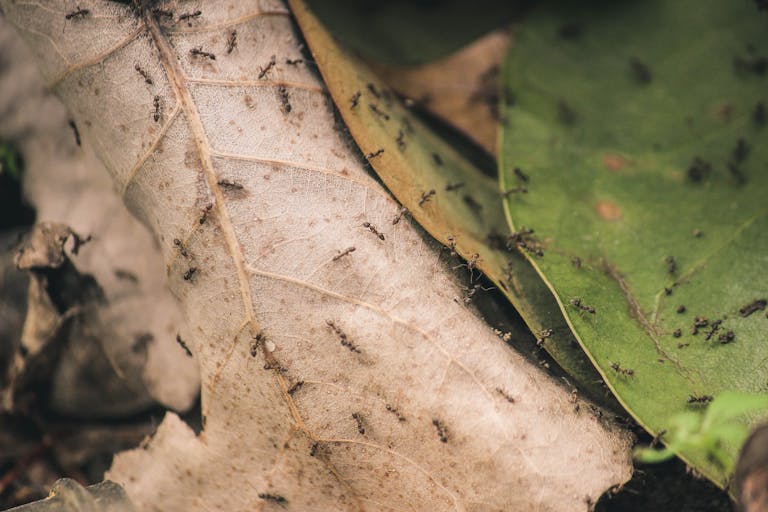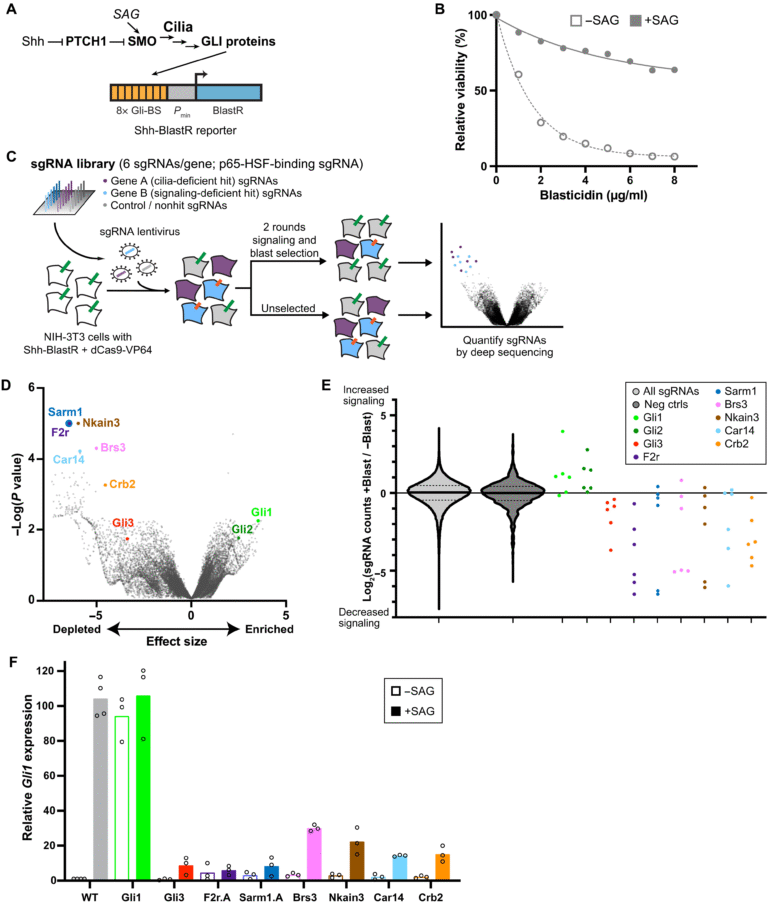Female Mosquitoes Are Secretly in Charge of Mating and Scientists Finally Know How

For decades, scientists believed that male mosquitoes controlled mating, while females were simply passive participants. But a new study from researchers at Rockefeller University and the Howard Hughes Medical Institute has completely overturned that assumption. The research, published in Current Biology in October 2025, reveals that female mosquitoes actually decide when and whether mating happens — and they do so with an incredibly subtle, almost invisible movement of their own genitalia.
This discovery not only changes how we understand mosquito reproduction but could also reshape future strategies for controlling mosquito populations that spread deadly viruses like dengue, Zika, and yellow fever.
The Surprising Truth About Mosquito Mating
It turns out that a female mosquito mates only once in her lifetime. From that single encounter, she collects sperm, stores it in an internal organ, and uses it repeatedly to fertilize hundreds of eggs throughout her life. After every blood meal, she lays about 150 eggs per batch, using the same stored sperm. This highly efficient process explains why mosquito populations grow so explosively in favorable conditions.
Until recently, researchers assumed that the male mosquito dictated this brief reproductive act, often based on decades-old studies that missed key details due to technological limitations. But the team led by Leslie Vosshall, head of Rockefeller’s Laboratory of Neurogenetics and Behavior, and Leah Houri-Zeevi, the study’s first author, decided to take a closer look — literally.
Using high-speed, high-resolution imaging, deep learning, and genetically modified mosquitoes with fluorescent sperm, they filmed mosquito mating in unprecedented detail. What they saw changed everything.
How Female Mosquitoes Control the Act
The entire mosquito mating process lasts only about 14 seconds, and the crucial part where the control happens takes barely 1–2 seconds. It begins when the male makes contact with the female’s genital tip using his own structure called the genital tip, which features gonostyli — tiny, finger-like appendages that he vibrates to stimulate her.
Here’s where the twist comes in: if the female decides to mate, she elongates her genital tip, allowing the male to lock into place and transfer sperm. If she doesn’t elongate it, no interlocking occurs — meaning no mating happens at all, no matter how persistent the male is.
Researchers found that this elongation is a conscious, controlled movement by the female. Even more fascinating, once a female has mated, she never elongates again. This behavior effectively blocks remating for the rest of her life, ensuring that her single partner’s sperm remains exclusive for all her future offspring.
The Lock-and-Key Mechanism Between Species
Vosshall’s team focused on two species: Aedes aegypti, also called the yellow fever mosquito, and Aedes albopictus, known as the Asian tiger mosquito. Both species are major global carriers of viral diseases, and both are spreading rapidly across the world.
While both species follow a similar three-step mating pattern, each has its own unique “lock-and-key” mechanism. The male’s gonostyli act like keys, and the female’s genital tip acts like the lock. Only a perfectly matching pair results in successful mating and sperm transfer.
But the study uncovered something even more surprising. The male Asian tiger mosquito, with its larger gonostyli, can sometimes bypass the lock-and-key mechanism of the yellow fever mosquito females. This means they can force a physical interlocking with Aedes aegypti females, even though the pairing doesn’t produce any viable offspring.
Here’s the catch: that unwanted encounter still sterilizes the female Aedes aegypti, because after the forced mating, her body treats it as her one and only reproductive event. She won’t mate again — ever. Over time, such interactions can reduce or even wipe out local Aedes aegypti populations, which scientists have already observed in parts of South Florida.
How Scientists Captured the Moment
Observing mosquito mating in this detail wasn’t easy. Researchers had to overcome a number of challenges. The insects are tiny, their mating happens mid-air, and the entire event is over before the human eye can even register it.
To make it possible, scientists created transgenic mosquitoes with fluorescent sperm, so they could track when and how insemination occurred. They then used ultra-fast cameras to record the act frame by frame. By slowing it down thousands of times, they finally saw the female’s subtle genital movement — the moment she literally makes the decision to allow or deny copulation.
When previously mated females were tested, no elongation occurred at all, confirming that this movement was the key determinant of mating success.
Why This Discovery Matters
For more than fifty years, mosquito research has largely assumed that males were in control of mating. This view persisted even though it didn’t make perfect sense — after all, females mate only once, so if they truly had no say, one male could theoretically monopolize many females.
Vosshall’s research now confirms that the opposite is true. Females call the shots, deciding exactly when and with whom to mate. It’s a reminder that even in the insect world, what looks like aggression or dominance from males doesn’t necessarily mean control.
This finding isn’t just a matter of academic curiosity. It has real-world consequences for mosquito-control programs, especially those that rely on releasing sterile or genetically modified males to curb populations. If female mosquitoes don’t accept certain males due to incompatibility in their “lock-and-key” structures or because of behavioral mismatch, then these control efforts may be far less effective than expected.
Understanding the female’s role can help researchers design better genetic control methods, ensuring that released males are not just sterile but also physically and behaviorally capable of mating with wild females.
The Evolutionary Battle Between Aedes aegypti and Aedes albopictus
The two mosquito species studied are among the most invasive insects on Earth. Aedes aegypti originated in Africa and arrived in the Americas during the 1600s, likely through the Atlantic slave trade. It has been a vector for yellow fever, dengue, chikungunya, and Zika for centuries.
Aedes albopictus, the Asian tiger mosquito, only appeared in the Americas around the 1980s but has since spread rapidly. It is known for its distinctive black-and-white striped body and aggressive daytime biting.
Interestingly, Aedes albopictus has been observed displacing Aedes aegypti in many regions where both species coexist. The new findings offer a possible explanation for this pattern: the tiger mosquito males’ ability to “lock-pick” Aedes aegypti females could give them a subtle but devastating reproductive advantage, reducing Aedes aegypti populations without producing hybrids.
Questions Still Left Unanswered
The study opens up several new questions for scientists. Why do females elongate their genitalia only once in their lifetime? What exactly triggers the neural or hormonal change that locks in their lifetime monogamy?
Another unknown is how widespread this female-control mechanism is across other mosquito species, especially those that transmit malaria, like Anopheles mosquitoes. Understanding these differences could help design more species-specific control measures.
Researchers also want to know how environmental factors — such as temperature, age, or nutrition — affect the female’s mating decision and genital response.
A New Perspective on Mosquito Behavior
This discovery is a reminder that even the smallest creatures can have complex, finely tuned behaviors shaped by millions of years of evolution. The idea that females decide when mating happens challenges long-standing assumptions in biology and offers fresh insight into how reproductive systems evolve under intense ecological pressure.
For humans, it’s more than just a curiosity — it’s a potential key to fighting mosquito-borne diseases more effectively. The next time we hear a mosquito buzzing around, it’s worth remembering that behind that tiny hum lies an intricate world of behavior, control, and evolutionary strategy.





